Soundwave 2013 on Film
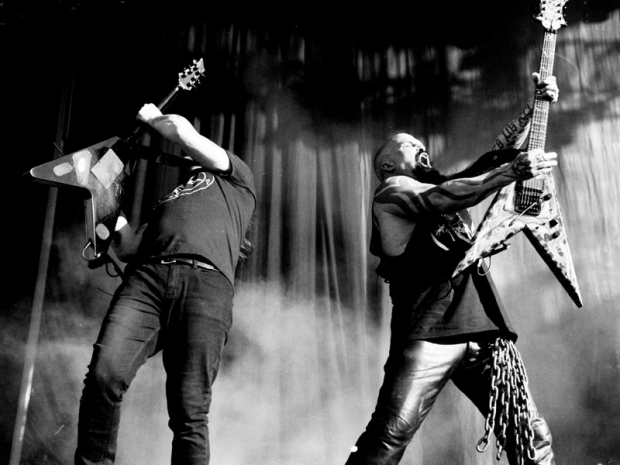
I can remember saying when I got my first digital camera that I saw no reason to stop using my film camera and expected to keep using both cameras side-by-side. For a while I did keep photographing gigs in film and digital but it didn’t last too long. Since that time I’ve had rolls of random film taking up space at the back of my fridge, all of which, as the years have gone by, have gone well past their use by date. Whenever it gets to festival season, I always declare that this year I’m going to take my film camera and clear out some space in the fridge by shooting a few rolls of film. A number of times I have got as far as carrying all the extra gear in my bag but without actually loading some film and using my old Minolta 5 in anger.
Festivals present the best opportunity but it can still be hard to find the time in a three song, no flash situation to put the DSLR down. Sometimes those three songs goes by in what feels like the blink of an eye. Despite all the advantages of digital and being able to take endless photos, it can be hard to stop photographing, going far beyond the point you need to and just adding to a ridiculous number of photos of an act, 95% that will never see the light of day and be stored until the end of time on an external hard drive. Back when I did use film, I would often use a single roll of 36 photos over the whole night, maybe 8 shots each for the support acts, 20 for the headliner. If I was really enjoying it I would sometimes push the boat out to a second roll of film and end up with 72 photos from the night. I still don’t think I take a lot of photos compared to a lot of my contemporaries, typically 50 to 100 in three songs but it still seems ridiculous compared to the good old days.
I finally got around to using some of my film stock at this year’s Soundwave. I didn’t give it much thought, which is how I ended up shooting three different film types at three different ISO settings. I didn’t give much thought to who I was going to photograph, it was random and based a lot more on who I was bored of photographing with digital (i.e. I had more photos than I would ever know what to do with), rather than wanting to get film of particular bands. The day started with Ilford Pan F. Being smart I decided that rather than risk it at ISO 50, that I’d push it to 200 and that would give me more freedom in terms of aperture and shutter speed settings. That was all well and good until it was time to develop the film and I found out that you’re not meant to push Pan F and that there’s no official development time for using it at ISO 200. In the end I just had to use the Massive Development Chart and calculate an approximate time that might work (and luckily it did). The Pan F was used for the photos of The Blackout, Anthrax and Kyuss Lives. Ilford HP5 at the standard 400 ISO was used for the photos of Slayer and Sum 41. Finally Ilford Delta 3200 was used at ISO 1600 for the Garbage and Metallica photos.
Given that I had to basically make-up a development time for the Pan F, I was surprised that the negatives didn’t come out too badly. They were maybe a little flat in terms of contrast, but as the film became out of date back in 2007, getting anything was a bonus. The HP5 photos of Slayer came out best. From previous years’ experience of photographing Soundwave, the late afternoon slot on the main stage, when Slayer played, is the optimal time for lighting; earlier in the day the sun is too overhead and the light too harsh, later in the day it just gets too dark. The Delta 3200 photos were the most disappointing, even at ISO 1600 they were very grainy and the in a lot of them my metering was really off, with the highlights really being blown out. A couple of the shots were ok but it was disappointing to end up with so few usable photos of Metallica.
Developing was done using a very DIY approach of loading the development tank under a duvet in a dark room at night. It seemed pitch black at first but as your eyes adjusted you realised that wasn’t really, but still dark enough to work in and the negatives didn’t suffer from the low light leak. The rolls were all developed using ID11 at 24 degrees and then digitalised using a negative scanner. It was at this point in the process that I found out that my scanner doesn’t work with updated versions of both Windows or Photoshop. Luckily my almost 10 year old laptop had all the necessary software to be able to scan in the negatives.
From the 108 (3 x 36 roll) photos taken on film, the first pass through them resulted in over 52 that were worth progressing, a pretty good return considering once-upon-a-time getting half a dozen good shots from a roll of film would have been cause for celebration. The negs weren’t cleaned with film cleaner so they’re presented in all their watermarked and dust affected glory. Some tidying up was carried out in Photoshop to reduce the worse affected areas but they’re far from perfect. Even in their imperfect form, I’m really happy with how they turned out. I especially love the tone of them. It’s strange to look at them compared to digital images and consider that this was how it was all done less than ten years ago.
Back when I made the move to digital, they were almost giving away film. Looking at prices now, you’re talking $12 to $15 for a roll of 36. In thinking about replenishing my film supplies, the best option looks to buy in bulk from overseas, and get it down to about $8 a roll. There’s still almost six months until the next festival season starts again but having taken these photos at Soundwave, I’m eager to take some more film at next year’s festivals and maybe a few smaller shows as well.
Share this:
- Click to share on Facebook (Opens in new window)
- Click to share on Twitter (Opens in new window)
- Click to share on WhatsApp (Opens in new window)
- Click to share on Tumblr (Opens in new window)
- Click to share on Reddit (Opens in new window)
- Click to share on Pinterest (Opens in new window)
- Click to share on Pocket (Opens in new window)
- Click to share on LinkedIn (Opens in new window)
- Click to email a link to a friend (Opens in new window)
- Click to print (Opens in new window)
This entry was posted on Tuesday, April 16th, 2013 at 9:07 am. It is filed under Music Photography and tagged with 2013, Anthrax, Brisbane, Delta 3200, film, Garbage, HP5, Ilford, Kyuss Lives, Metallica, Minolta 5, Pan F, RNA Showgrounds, Slayer, Soundwave 2013, Soundwave2013, Sum 41, The Blackout. You can follow any responses to this entry through the RSS 2.0 feed.
This site uses Akismet to reduce spam. Learn how your comment data is processed.
 Collapse Board
Collapse Board
- The Collapse Board Interview: Jim Reid (The Jesus and Mary Chain)
- Song of the Day #786: Cults
- In Photos: Dirty Three + Eleanor Jawurlngali @ The Tivoli, 28.06.2024
- Song of the Day #785: Charli XCX & Lorde
- Song of the Day #784: Dirty Three
- In Photos: Charlotte Sands + Loretta + LOVELOVELOVE @ The Brightside, Brisbane, 04.05.2024
- In Photos: Kid Congo Powers & The Pink Monkey Birds + The Stress of Leisure + Arugula @ The Zoo, Brisbane, 27.04.2024
- In Photos: Pandemonium @ Eatons Hill Hotel, Brisbane, 28.04.2024
- Q&A with Charlotte Sands
- In Photos: Codeine + A Broken Sail + Plainer + Burn Before Reading @ Stranded, Brisbane, 14.04.2024
The Archives
- March 2017
- February 2017
- January 2017
- December 2016
- September 2016
- May 2016
- April 2016
- March 2016
- September 2015
- August 2015
- May 2015
- April 2015
- March 2015
- January 2015
- November 2014
- September 2014
- August 2014
- July 2014
- April 2014
- March 2014
- February 2014
- January 2014
- October 2013
- September 2013
- August 2013
- July 2013
- June 2013
- May 2013
- April 2013
- March 2013
- February 2013
- December 2012
- November 2012
- October 2012
- September 2012
- August 2012
- July 2012
- June 2012
- May 2012
- April 2012
- March 2012
- February 2012
- January 2012
- December 2011
- November 2011
- October 2011
- August 2011
- July 2011
- June 2011
- May 2011
- April 2011
- March 2011
- February 2011
- January 2011
- November 2010
- August 2010
- July 2010
- June 2010
- May 2010
- April 2010
- March 2010
- February 2010
- January 2010
- December 2009
- November 2009
- September 2009
- August 2009
- July 2009
- June 2009
- May 2009
- April 2009
- March 2009
- February 2009
- January 2009
- December 2008
- November 2008
- October 2008
- September 2008
- August 2008
- July 2008
- June 2008
- May 2008
- April 2008
- March 2008
- February 2008
- January 2008
- December 2007
- November 2007
- October 2007
- September 2007
- August 2007
- July 2007
- June 2007
- May 2007
- April 2007
- February 2007
- January 2007
- December 2006
- November 2006
- October 2006
- September 2006
- August 2006
- June 2006
- May 2006
- April 2006
- March 2006
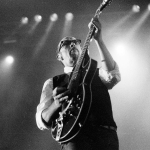
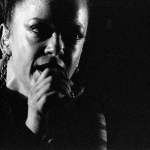
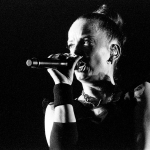
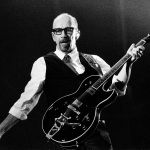
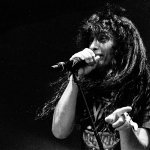
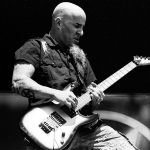
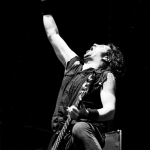
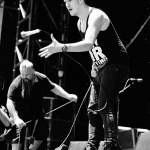
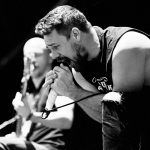
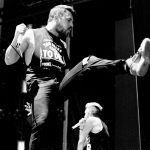
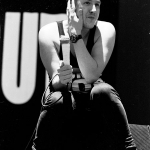
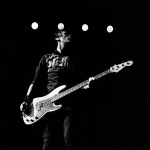
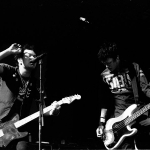
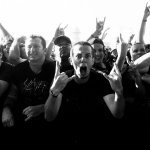
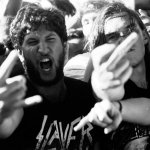
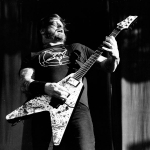
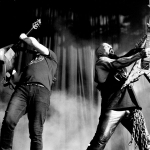
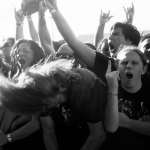
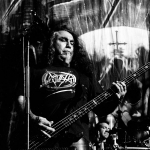
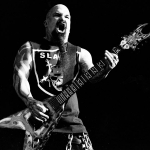
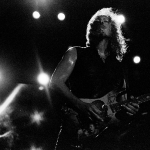
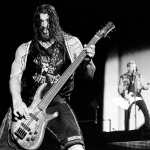
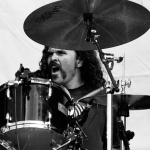
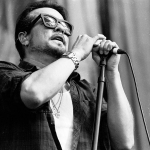
Leave a Reply